Top speed 254 km/h Length 8.03 m Manufacturer General Aircraft Limited | Wingspan 12 m First flight 1932 | |
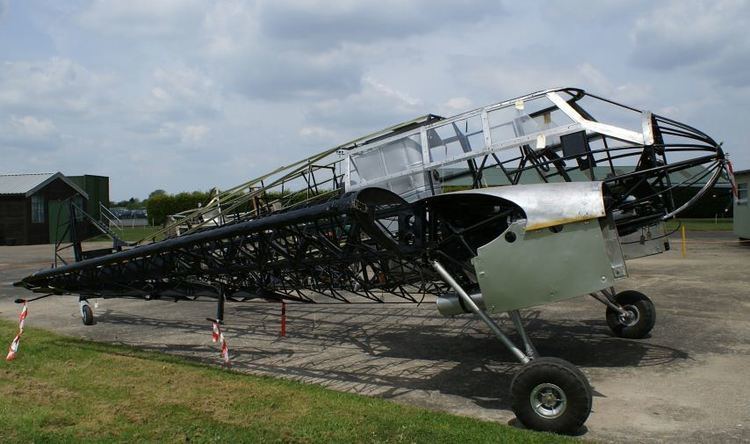 | ||
The General Aircraft Monospar was a 1930s British family of touring and utility aircraft built by General Aircraft Ltd (GAL).
Contents
- Design and development
- Operational history
- Variants
- Operators
- Civil operators
- Survivors
- Specifications Monospar ST 12
- References
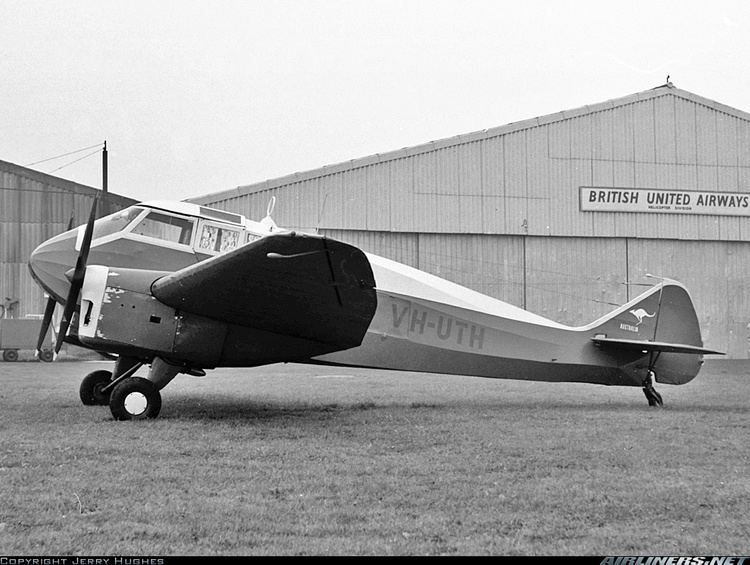
Design and development
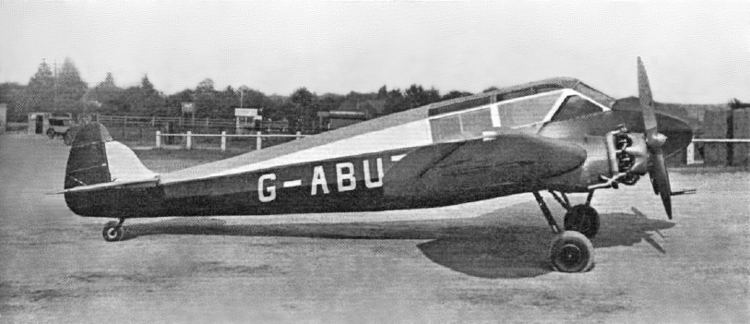
In 1929, the Monospar Company Ltd was formed to pursue new techniques of designing cantilever wings, based on the work of Swiss engineer Helmuth J. Stieger, who headed the company. Helmuth John Stieger was born in Zurich in 1902 and educated at the Swiss Federal Polytechnic then the Imperial College of Science in London. While working as a designer for William Beardmore and Company, he formed his own ideas about wing design and evolved an improved method of building and stressing wings for which he was later granted a British Patent in December 1927. The principle behind this Patent No. 306,220 was that the wing needed only one spar with torsion loads resisted by an efficient system of strong compression struts with triangulated bracing in the form of thin wires. The design was revolutionary and very light for its strength.
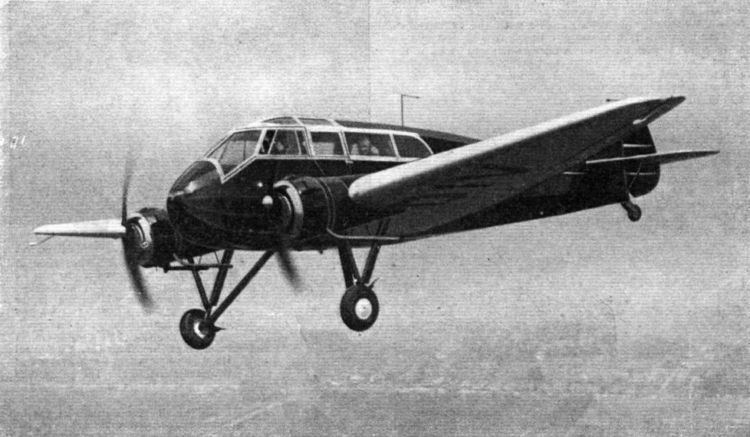
Based on this design, The Monospar Company designed a twin-engined low-wing aircraft designated the Monospar ST-3, that was built and flown in 1931 by the Gloster Aircraft Company at Brockworth, Gloucestershire. After successful testing of the Monospar ST-3, a new company General Aircraft Ltd was formed to produce aircraft that used the new Monospar wing designs.
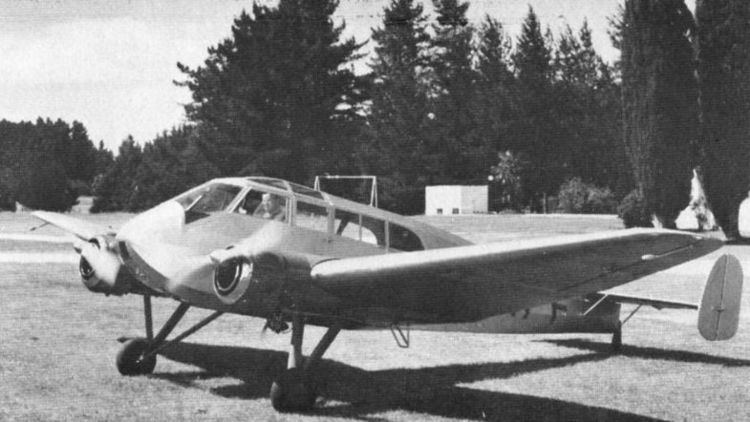
The first production design was the Monospar ST-4, a twin-engined low-wing monoplane with a fixed tailwheel landing gear and folding wings for ground storage. Powered by two Pobjoy R radial engines, the first aircraft (G-ABUZ) first flew in May 1932, and was followed by five production aircraft. The Monospar ST-4 Mk.II, an improved variant with minor differences, followed with a production run of 30. In 1933, the Monospar ST-6 appeared, a similar aircraft to the ST-4 with manually retractable landing gear and room for an extra passenger. The Monospar ST-6 was only the second British aircraft to fly with retractable landing gear (the first, the Airspeed Courier, was flown a few weeks earlier). Another Monospar ST-6 was built, and two ST-4 Mk.IIs were converted. GAL then produced a developed version, the Monospar ST-10, externally the same but powered by two Pobjoy Niagara engines, an improved fuel system, and aerodynamic refinements.

The Croydon factory closed down in 1934, and a larger factory was opened in 1935 at London Air Park, Hanworth.
Operational history
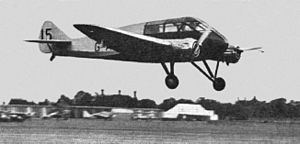
The Monospar ST-10 prototype (G-ACTS) won the 1934 King's Cup Air Race with an average speed of 134.16 mph. Only one other ST-10 was built, along with two similar ST-11s with de Havilland Gipsy Major engines for export to Australia. A production batch of ten Monospar ST-12 aircraft was based on the ST-11 with fixed landing gear.
Variants
Operators
Civil operators
Survivors
Specifications (Monospar ST-12)
Data from The Illustrated Encyclopedia of Aircraft
General characteristics
Performance
